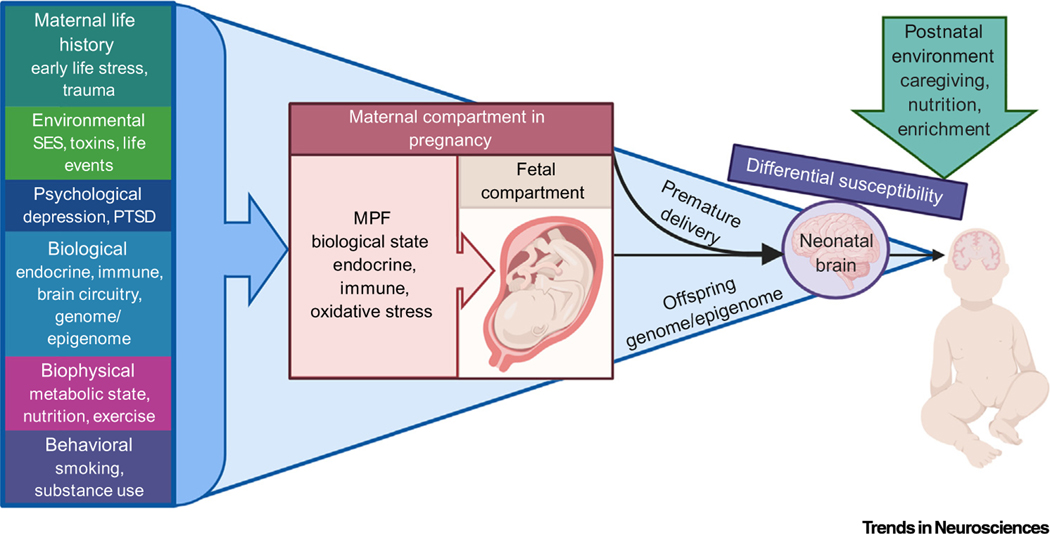Figure 2. Cumulative and Interactive Effects of the Preconceptional, Gestational, and Postnatal Environment on Early Neurodevelopment.
Diverse preconceptional and gestational sources of adversity have potential to influence embryonic and fetal neurodevelopmental processes through stress-sensitive aspects of maternal–placental–fetal (MPF) biology. These influences include aspects of maternal life history, current environment, psychological and biological state, physical health, and current behaviors. Variability in the maternal state and environment prior to and during gestation can be carried over into the postnatal environment (as indicated by the shaded blue area continuing across to the postnatal period), creating cumulative and interactive effects between the pre- and postnatal environment. Alterations in neurodevelopment due to prenatal exposures also have potential to alter sensitivity to postnatal environmental influences (i.e., differential susceptibility). Differential susceptibility is depicted as hinging on the fulcrum of the neonatal brain and being tipped in a specific direction by the postnatal environment to indicate that specific combinations of neurobiological phenotypes and environmental conditions will have implications for ongoing development. This is consistent with a view of early environmental influences as altering potential for resilience to, or risk for, psychiatric disorders in a non-deterministic manner, and in interaction with the future environment. Abbreviations: PTSD, Post-traumatic stress disorder; SES, socioeconomic status.

